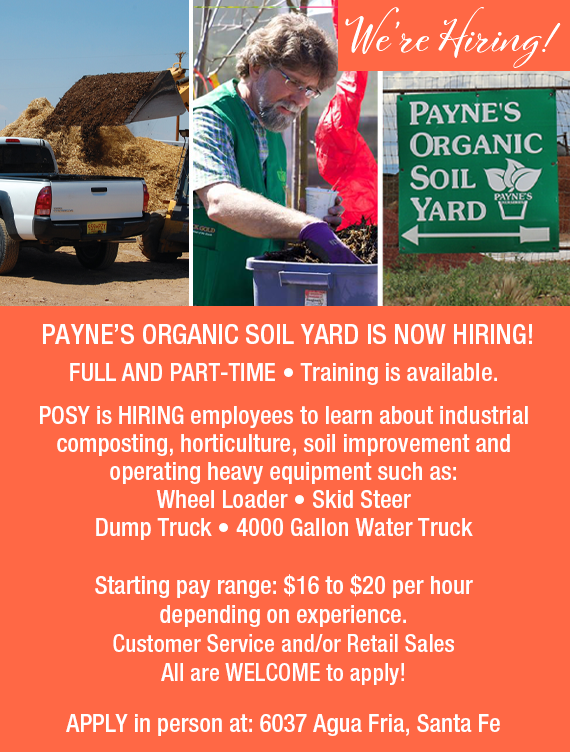
Beginning this SUNDAY – Payne’s NORTH will be OPEN: Mondays thru Saturdays 9 am to 5 pm and SUNDAYS from 10 am to 4 pm EXCEPT EASTER SUNDAY.


Beginning this SUNDAY – Payne’s NORTH will be OPEN: Mondays thru Saturdays 9 am to 5 pm and SUNDAYS from 10 am to 4 pm EXCEPT EASTER SUNDAY.

| Copyright Lorie Ransom – thedailydrawing.com |

Our GREENHOUSES are bursting with color! STOP BY TODAY!
BELOW: We have beautiful perennials starting to bloom!
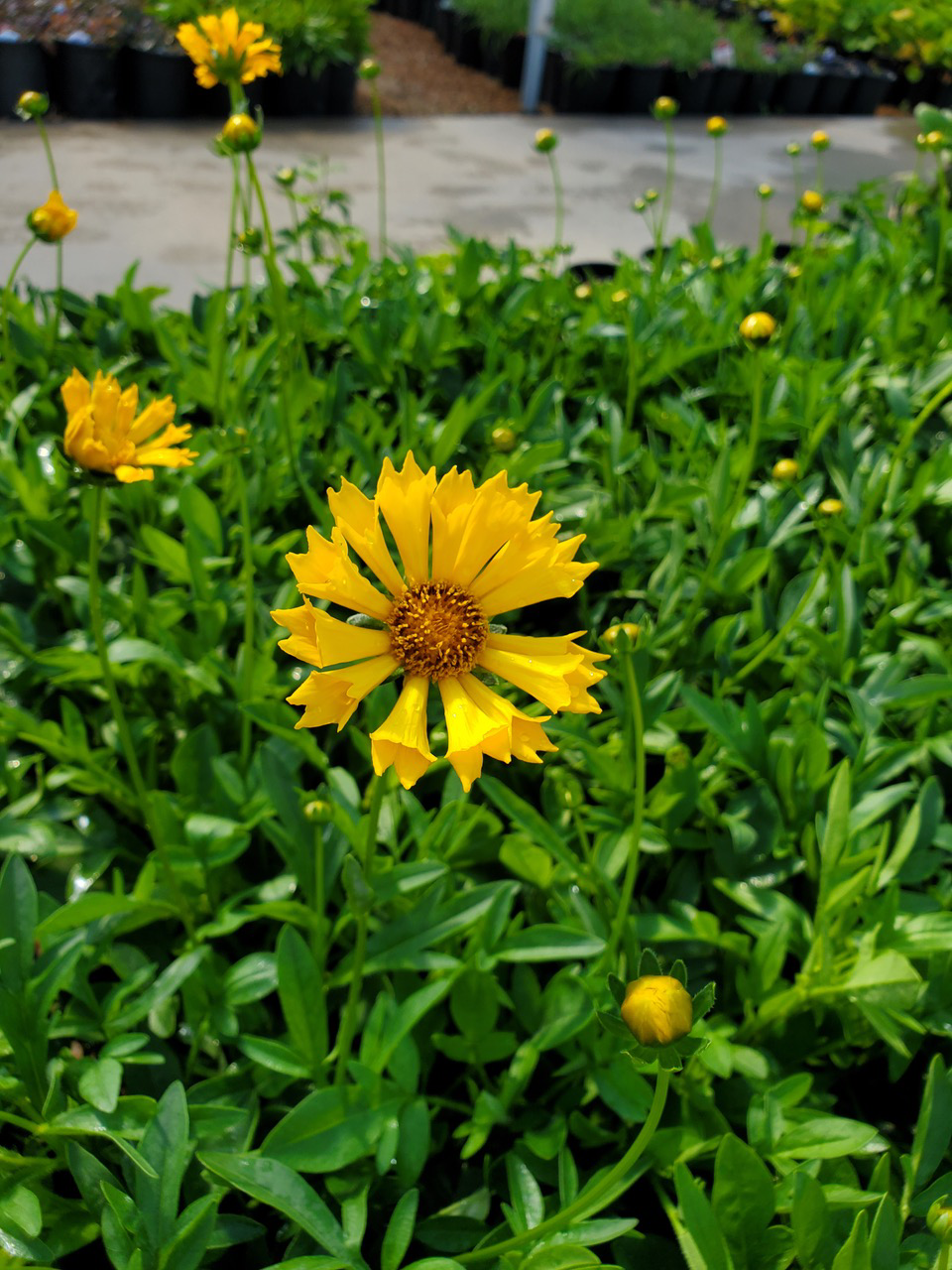
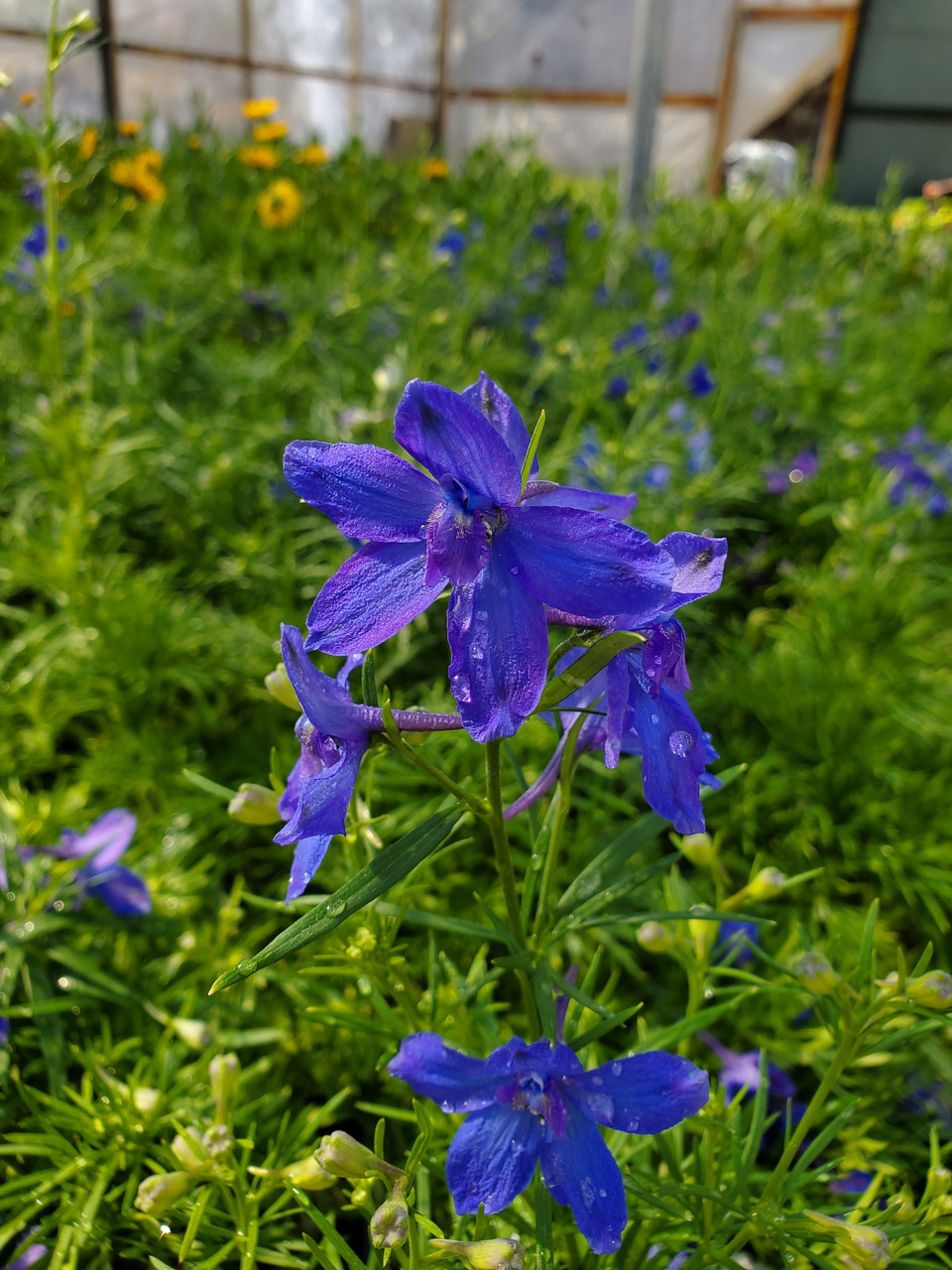
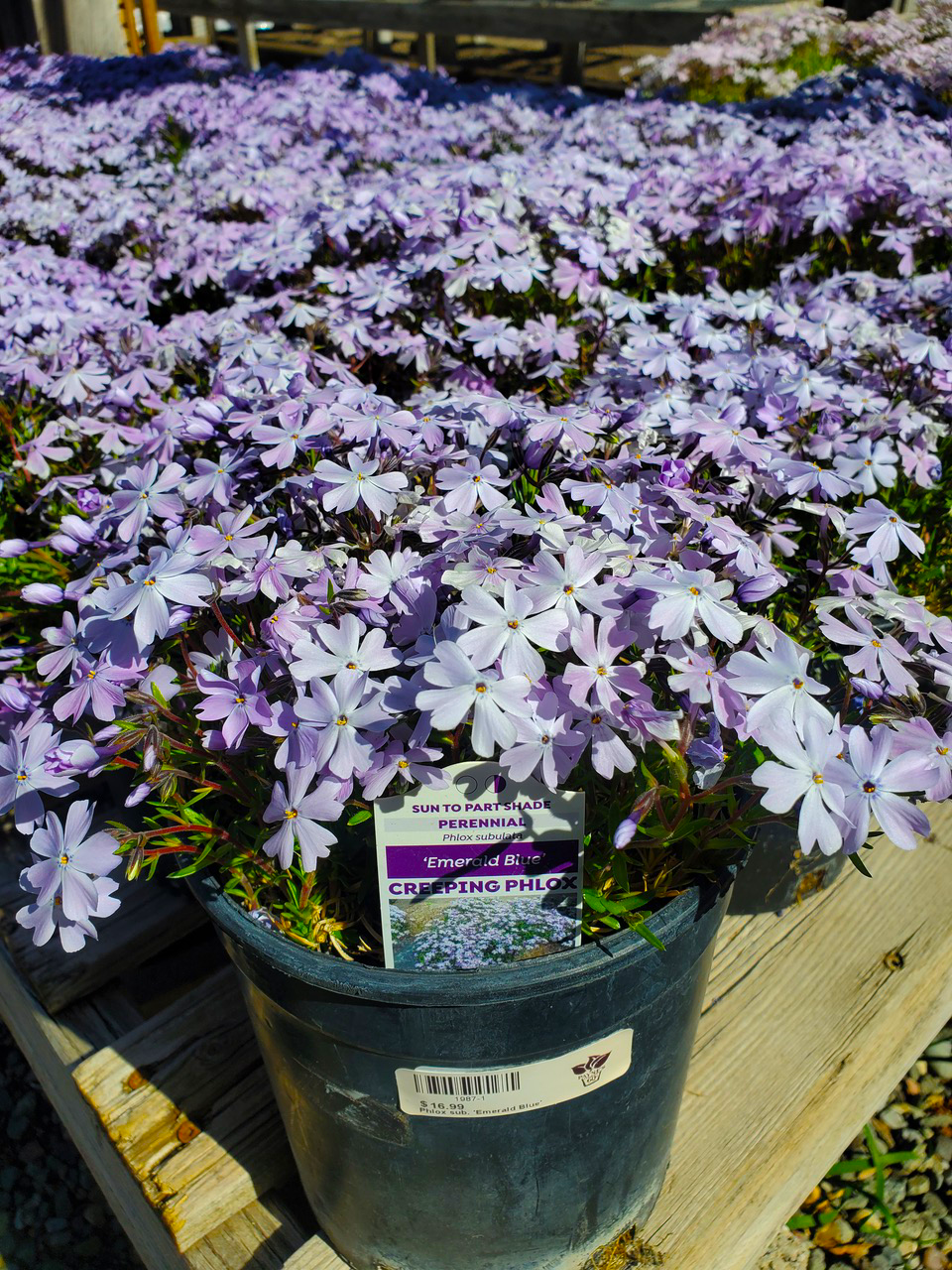
Crazy hair day??? NOPE, that’s our Nassela Grass (Mexican Feathergrass) growing big and strong! Ready for sale now!
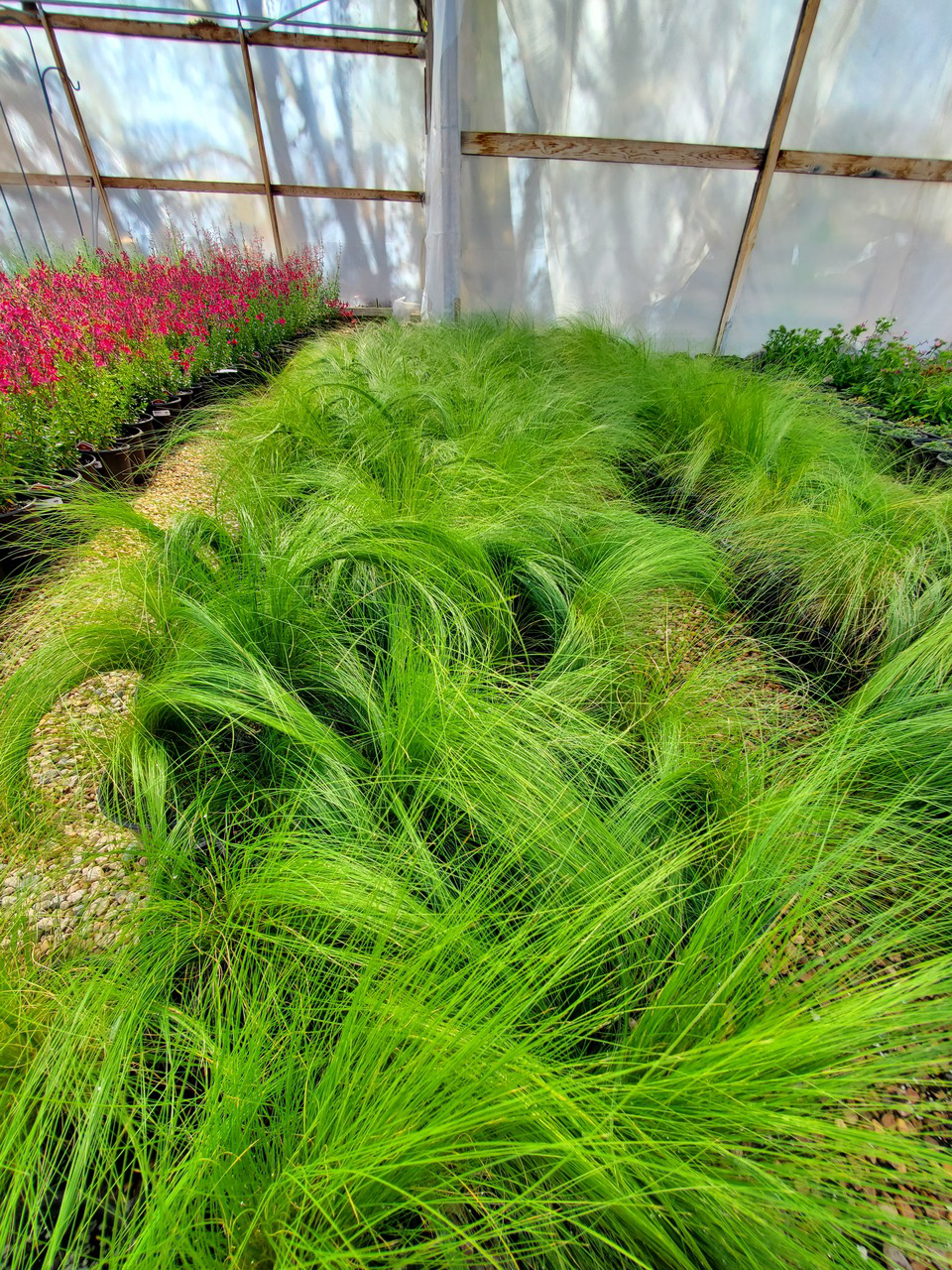
Some annuals: Red maple Petunia, Black eyed Susan Vine, and Red Geraniums enjoying the fresh morning in the greenhouse.
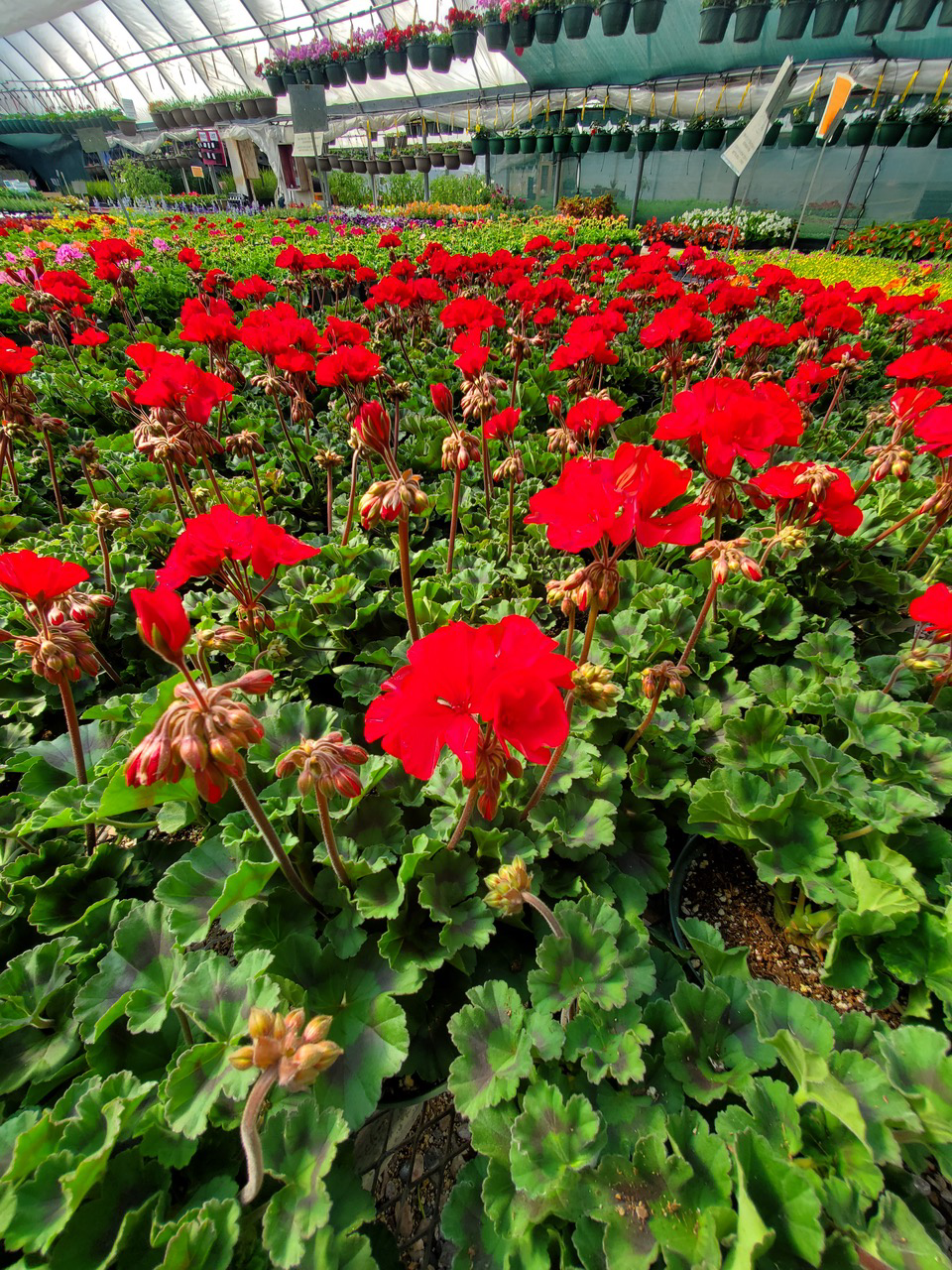
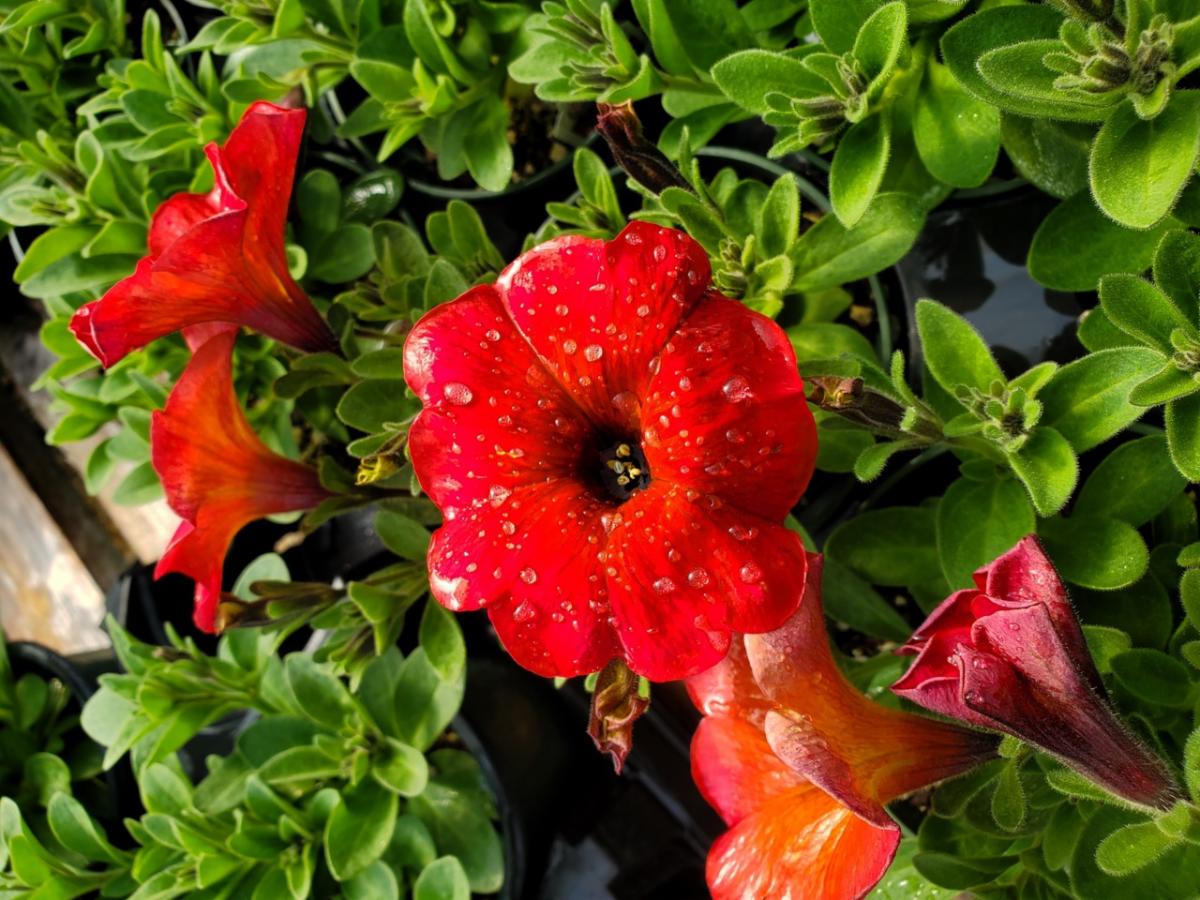
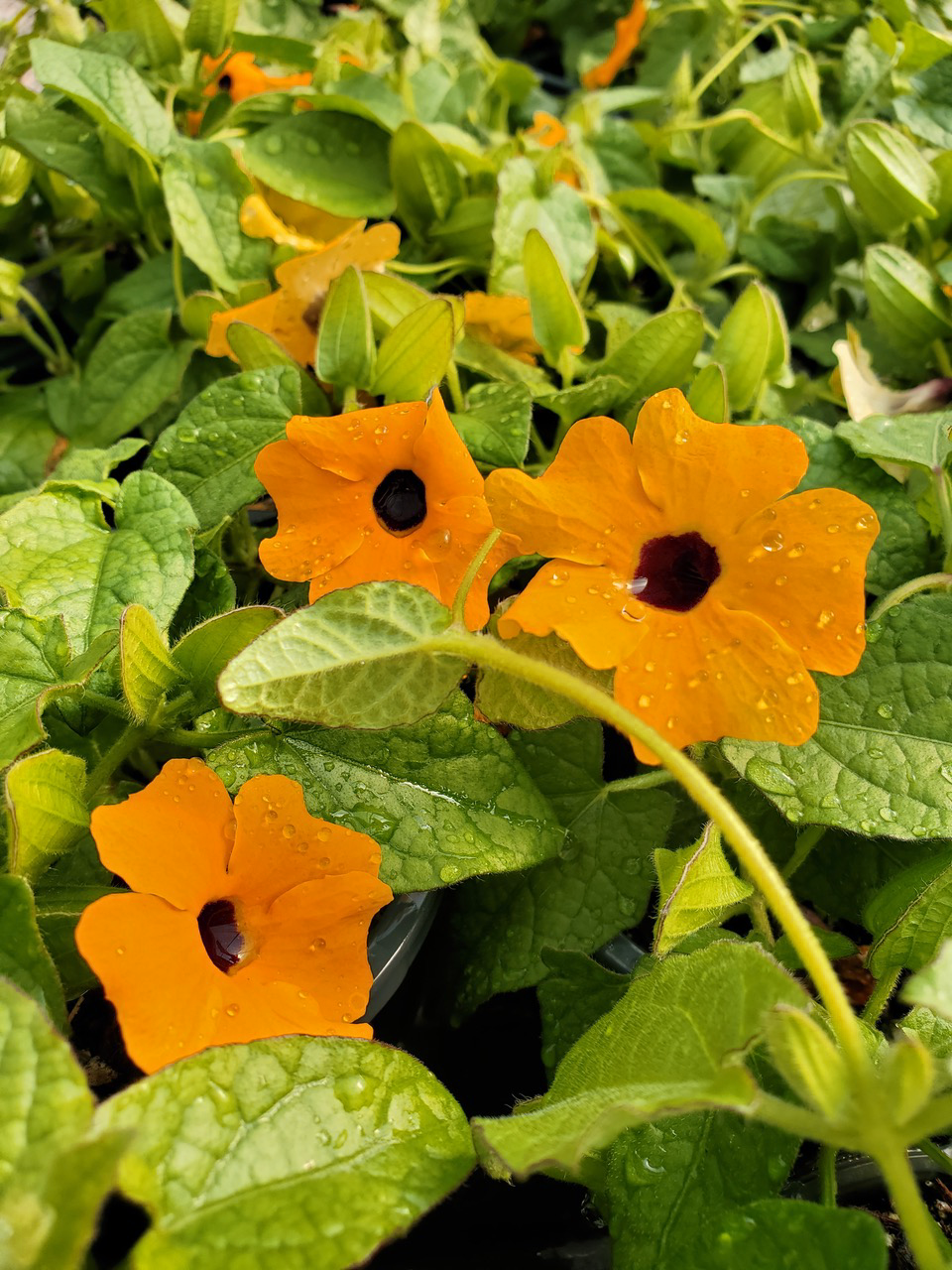
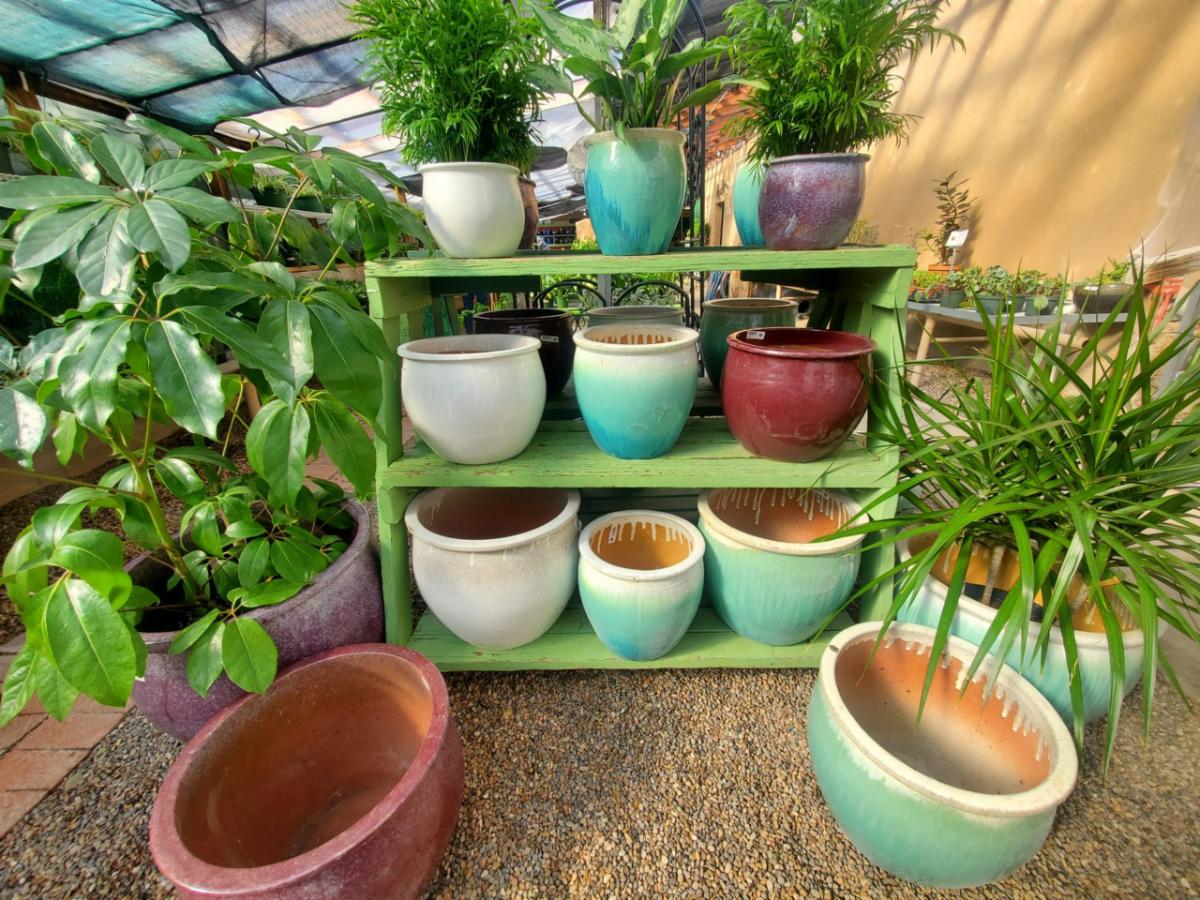
Pottery for sale!!! SEE COUPON BELOW!
AVAILABLE FOR ANY DENOMINATION! STOP BY PAYNE’S NORTH AND GIVE THE GIFT OF GREEN!
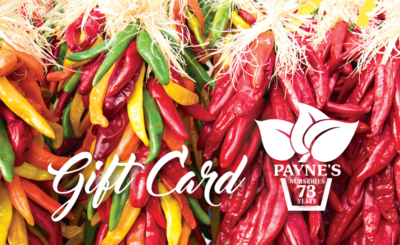
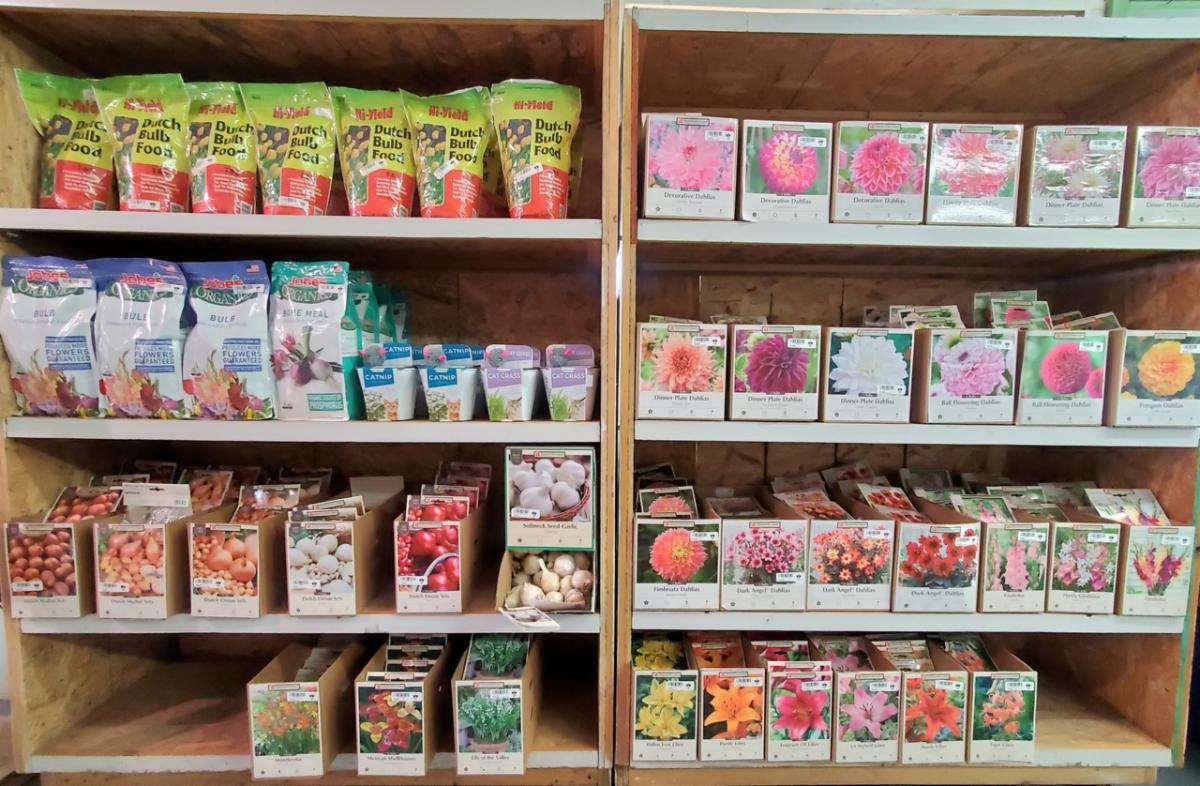
Payne’s sells ONLY the biggest, highest quality bulbs to make sure you get the largest, longest-lasting, most brilliantly colored blooms for Summer!
Onion and garlic sets, Dahlias, Lilies, Freesia, Gladiolas, Crocosmia, Potato sets, and more!
Stop by Payne’s North and choose from our great selection!
PAYNE’S TIP: We have bone meal, bulb food, and super phosphates
IN STOCK NOW! Don’t forget to use one of these at time of planting. Please follow the instructions on the packaging for best performance!
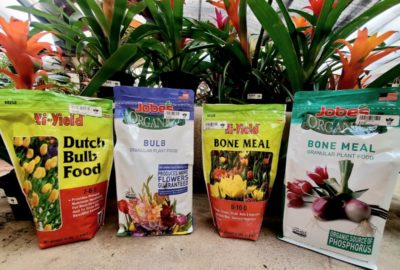
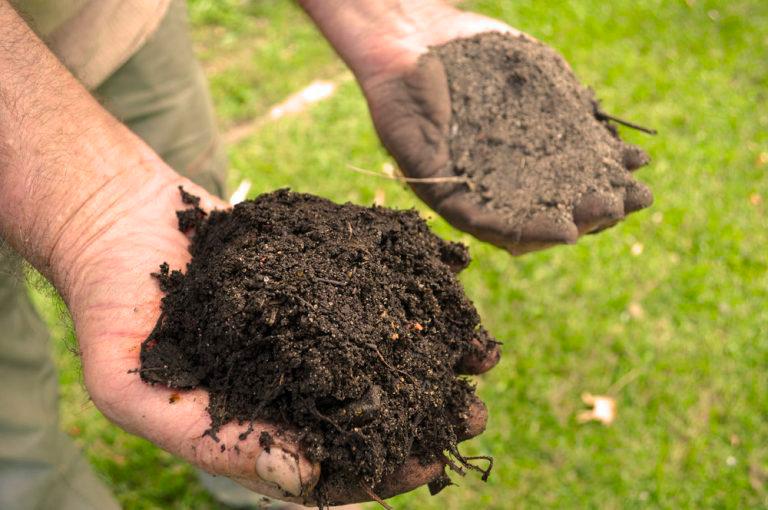
ASK THE GARDEN GURU!
WHAT’S THE DIFFERENCE BETWEEN DIRT AND SOIL?
ANOTHER GREAT QUESTION!
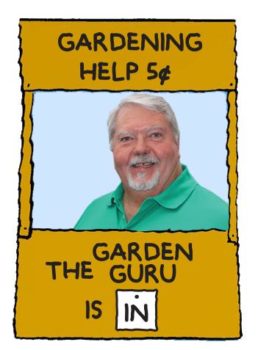
or this weeks archived show from previous years regarding dirt and soil, the Garden Guru said that New Mexico does not have bad soil but it’s pretty void of any organic matter in it so — that’s where we need to start.
If you’re just planting an area in your yard or garden for the first time and all you have is the existing native soil then what Payne’s recommends is that you mix the native soil with organic compounds — meaning peat moss or compost or mulch — any of these will work. Mix the soil at about a 50-50 ratio. Listen to the Garden Guru’s show and find out what Lynn recommends to do if you are not getting good results with what you are doing?
CLICK HERE TO LISTEN TO THE GARDEN GURU’S ARCHIVED RADIO SHOW ON THIS TOPIC.
HAPPY GARDENING!
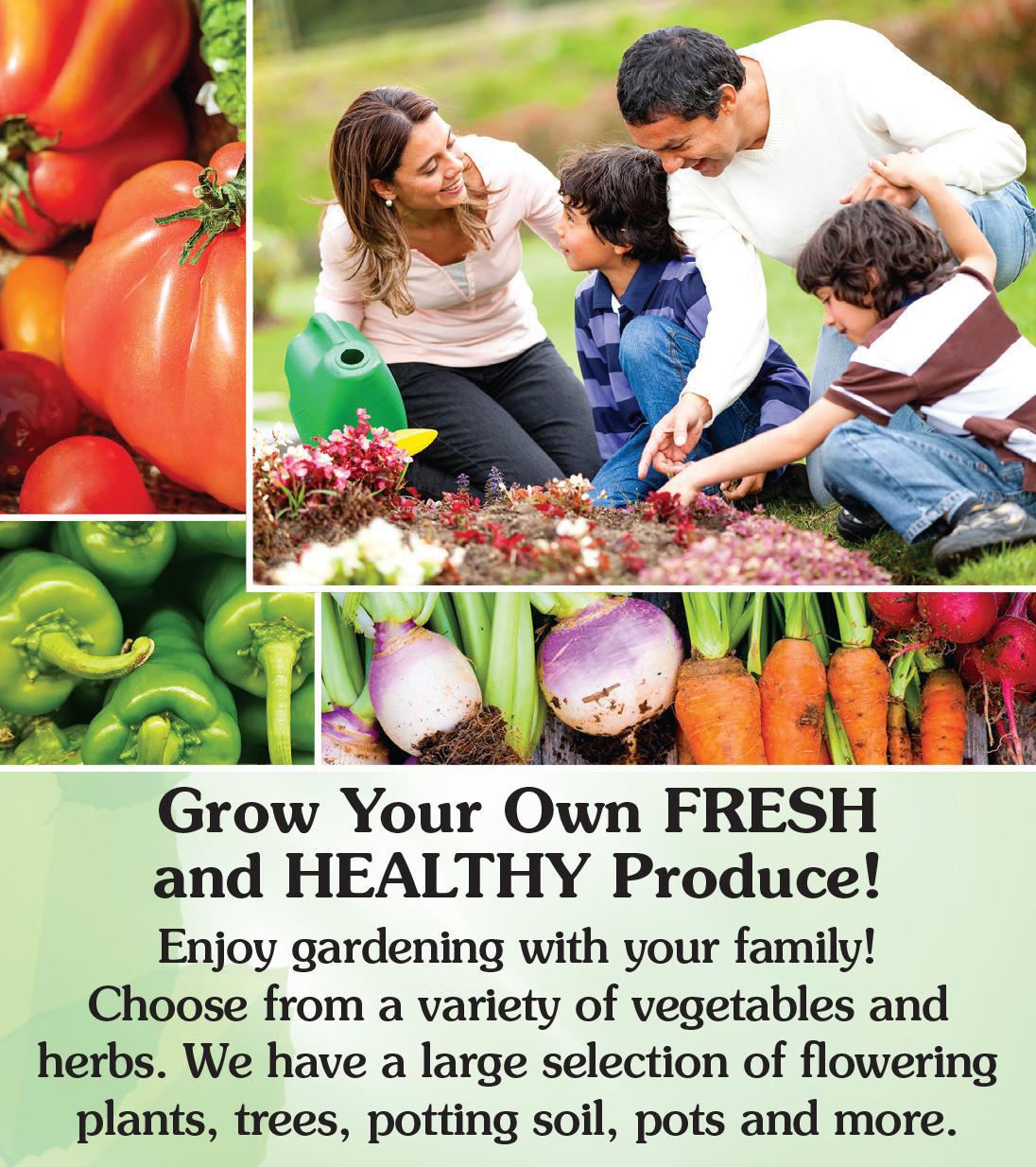
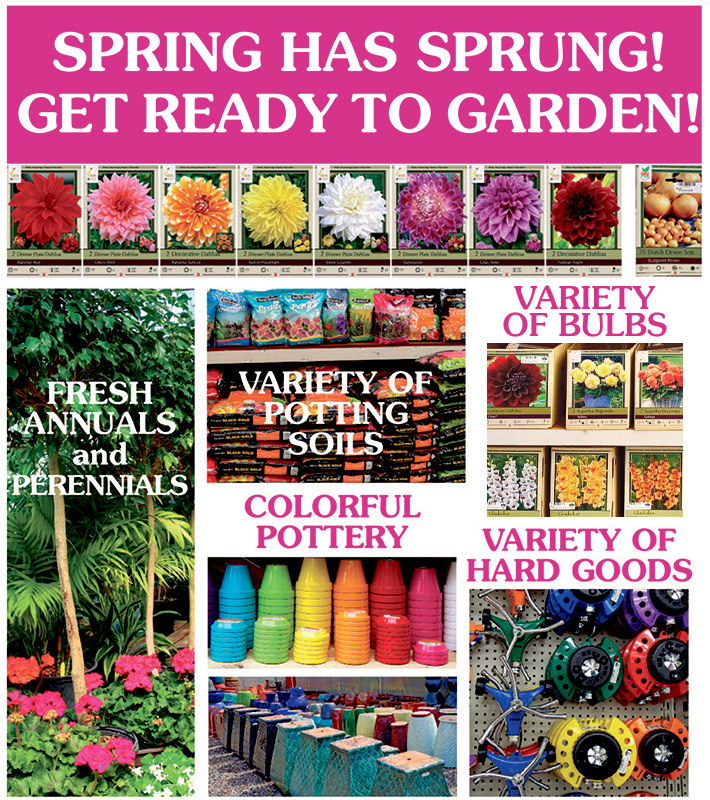
In general, spring planting typically begins once the ground has thawed and is no longer frozen. This is usually after the last frost date in our area — which according to the GARDEN GURU is May 10th!
BUT … that doesn’t mean you can’t start to prepare for your garden!
STOP BY TODAY FOR A VARIETY OF HARD GOODS!

By Nikhita Mahtani, House Beautiful – March 17, 2025
Photos courtesy FOTOLINCHEN / GETTY IMAGES
Just like interior design, gardening is subject to a trend cycle—and this year, gardening experts are all about going natural. “We’re looking to connect more with nature, especially as the indoor-outdoor living approach rises,” says Laura Janny, an independent botanical stylist based in New Jersey. “It’s about being at one with the environment and fostering a diverse landscape, which is very different from the cookie-cutter, one-note designs of the past.”
But that’s just one strong trend for 2025! There are so many other fun options to choose from. We’ve tapped a handful of landscape and lawn professionals to provide their insight this growing season, to help you get ahead of the gardening trends this year. Whether you have an expansive lawn or only have a tiny city balcony garden to tend to, there’s a garden trend you’ll be able to get behind. From sanctuary gardens to naturalistic aesthetics, this year’s trends will inspire you to pick up that shovel and get busy.
But before you get started, to be sure whether or not these plants, growing techniques, and lawn treatments will work in your space, we recommend looking up your USDA Hardiness Zone. This map is the best way to determine if certain plants will thrive and grow in your climate. Once you know where you stand, read on for the top gardening trends of 2025, according to the experts.

NATURALISTIC PLANTING
There is a noticeable shift toward a more organic, nature-inspired approach to planting design,” says Cory Morris, Associate Principal of landscape architecture firm Hoerr Schaudt. Translation: Gardeners seem to be yearning for immersive, biodiverse landscapes that foster a deeper connection with nature. “This emphasizes the integration of native and naturalized plant species to create modern meadows that not only enhance a naturalist aesthetic, but also support essential pollinators,” Morris adds. As a result, traditional lawn areas are being scaled back, primarily reserved for recreational use, to make room for meadow-like gardens.
Photo: SCOTT SHIGLEY

SANCTUARY GARDENS
Another popular trend is the garden as retreat, or what designers call a sanctuary garden. “With busy schedules and hectic lifestyles, people have started wanting a place to escape to,” says Janny. “Most of these sanctuary gardens are cut off, secluded areas with plants that enliven the senses, like lavender and ornamental grasses.” To incorporate this trend into your own home, Janny suggests including plants with muted hues—think light pinks, whites, or pale yellows. Photo: UAIMEE RYAN

VERTICAL GARDENING
“To maximize limited space, especially in our smallest New York City gardens, vertical gardening is not only becoming a big trend, but an essential part of the process,” says landscape designer Kat Aul Cervoni, founder of Staghorn Living. “When possible, we take advantage of walls and fences to train vines on to—either with self-clinging varieties like climbing hydrangea or with the help of supports for climbing roses or clematis.”
Another tip is to use stylish, durable planters that can be wall-mounted to bring a unique green, clustered effect to an otherwise unsightly or boring wall. “It can feel almost like an art installation, but with plants!” says Aul Cervoni.
Photo: STAGHORN LIVING

ENVIRONMENTALLY CONSCIOUS DESIGN
There is a noticeable shift toward a more organic, nature-inspired approach to planting design,” says Cory Morris, Associate Principal of landscape architecture firm Hoerr Schaudt. Translation: Gardeners seem to be yearning for immersive, biodiverse landscapes that foster a deeper connection with nature. “This emphasizes the integration of native and naturalized plant species to create modern meadows that not only enhance a naturalist aesthetic, but also support essential pollinators,” Morris adds. As a result, traditional lawn areas are being scaled back, primarily reserved for recreational use, to make room for meadow-like gardens.
Photo: SCOTT SHIGLEY
